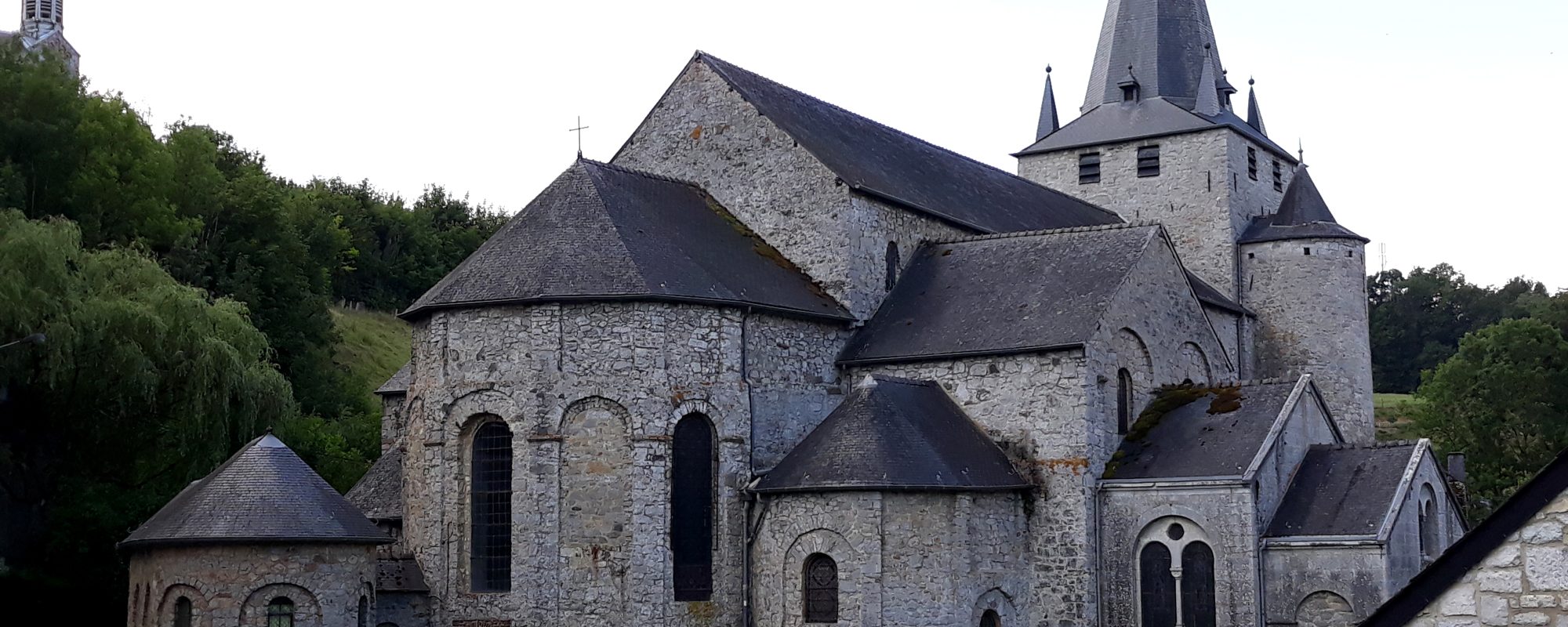
A pivotal part of historical community life, discover the religious heritage that unites our Beautiful Villages.
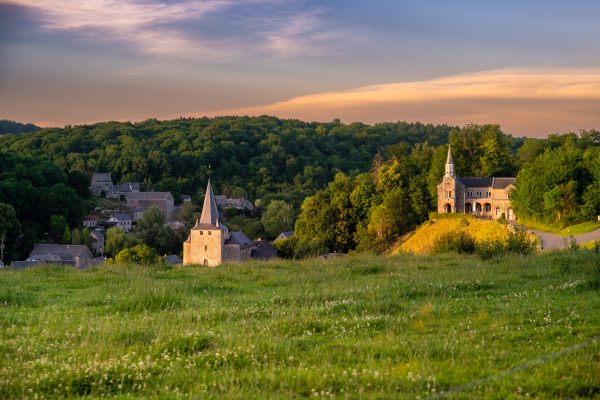
A 19th century neo-Romanesque building as a promontory above the village of Celles.
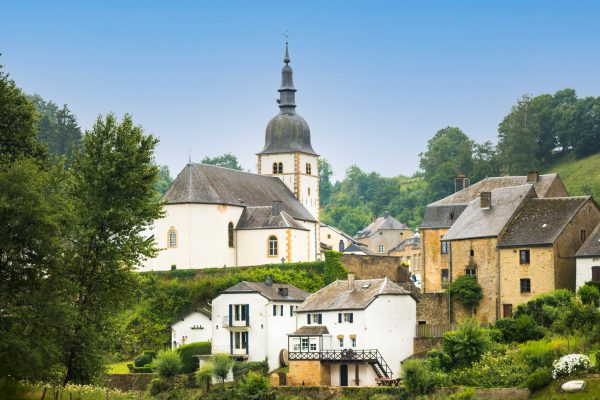
Where the waters of the Semois meet the foot of the village, the church of Saint-Martin imposes its silhouette on the landscape
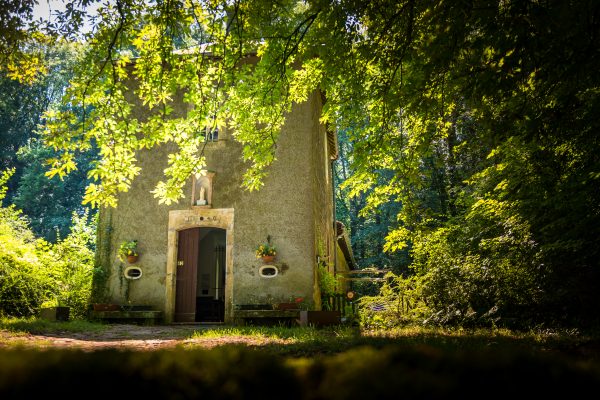
A chapel built in the aftermath of the plague epidemic of 1636 - Listed monument.
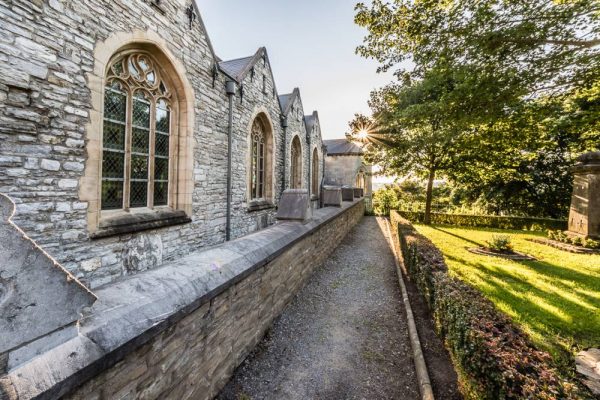
From the top of its rocky spur overlooking a meander of the Vesdre, the silhouette of Saint-Georges church looks proud and dominates the locality - listed monument - Exceptional heritage of Wallonia

The homogeneity of the limestone exterior Vs an interior rich in architectural details - listed monument.

In the enclosure formed by the church and the cemetery, this well-to-do residence stands out in the village thanks to its dominant position, its classical style and the perfect symmetry of its façade.
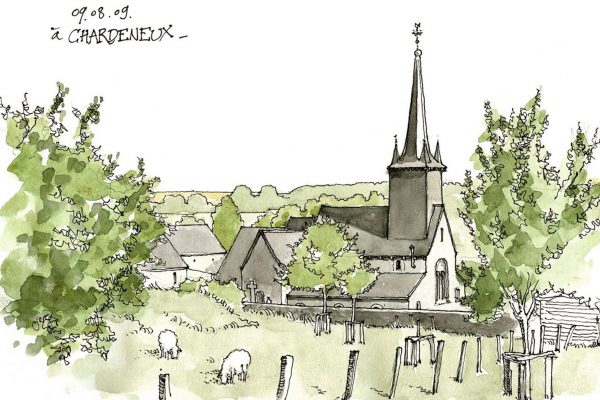
From its square, open to the landscape, the traditional buildings of the village flow out - Listed monument.
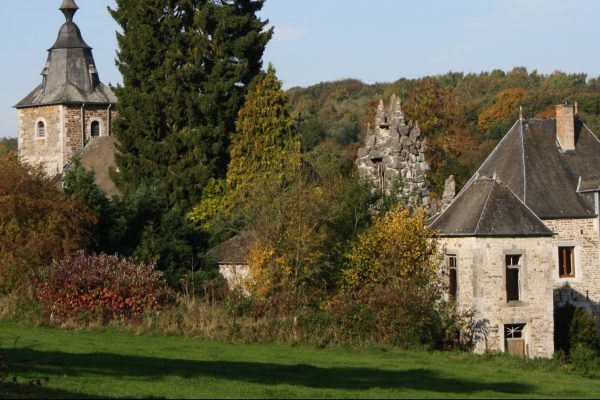
The former presbytery of Crupet, dated 1654, forms a listed site with the church of Saint-Martin, the adjacent old cemetery, the church square and the lime tree.
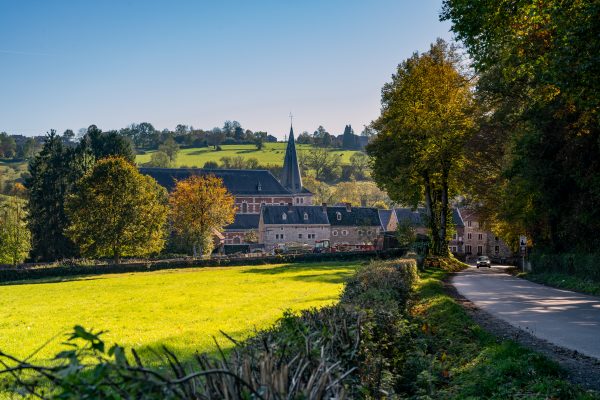
Like a tower moored to a large vessel, the imposing silhouette of the Saint-Roch church stands out in the Soiron landscape.
The association Les Plus Beaux Villages de Wallonie (The Most Beautiful Villages of Wallonia) oversees a network of 32 villages, bearers of a strong territorial identity and reflecting traditional architecture. It is committed to promoting the rural, cultural and natural heritage of Wallonia and is a part of the development of local and responsible tourism.
More information